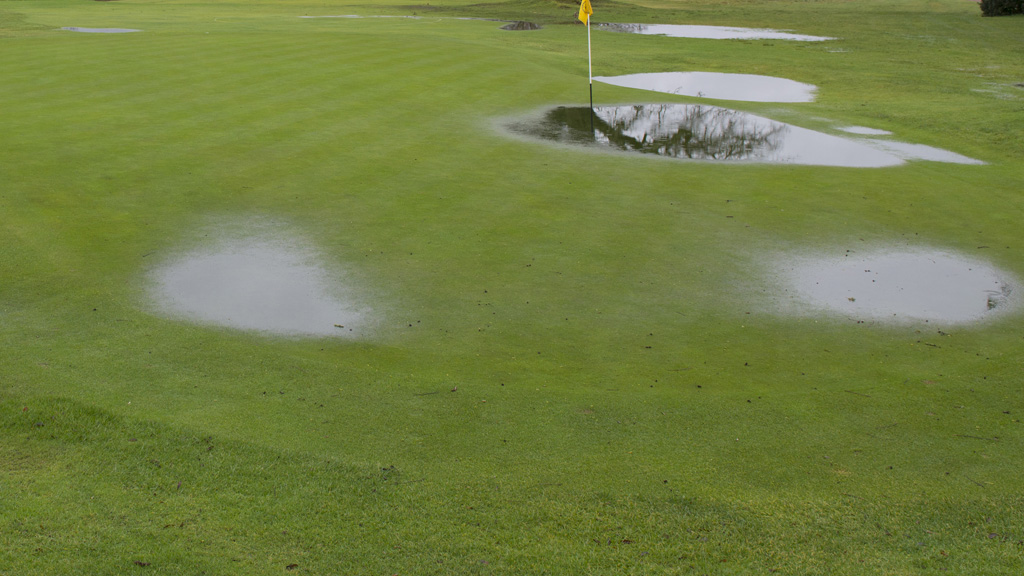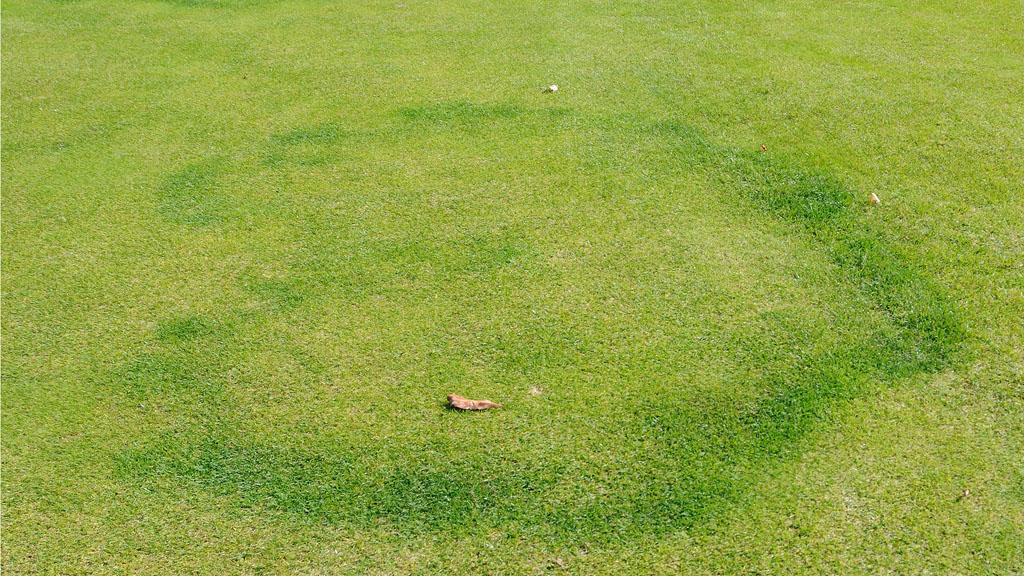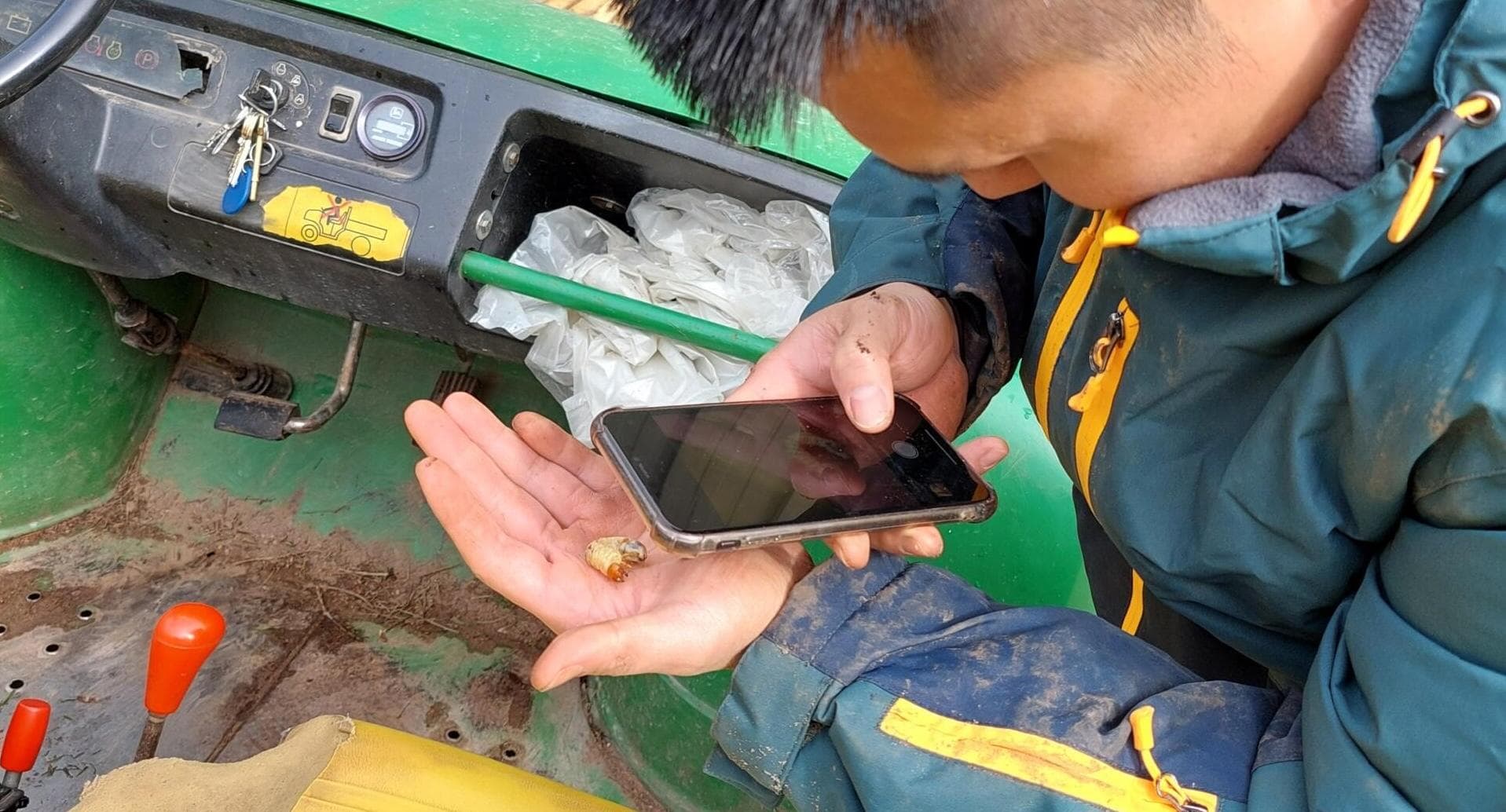Whilst June can produce some ideal growing conditions, recent history of weather records show it also has the potential to pose extreme stress on turf plant health; from high heat and drought conditions, to some of the heaviest rainstorms and flash flooding.  After the exceptionally dry and slow spring this season, statistically, we can look forward to the brightest month of the summer. With the recent rains and warm soils, turf growth has been exceptionally vigorous.
June 2016 Weather Highs’n’Lows
After the exceptionally dry and slow spring this season, statistically, we can look forward to the brightest month of the summer. With the recent rains and warm soils, turf growth has been exceptionally vigorous.
June 2016 Weather Highs’n’Lows
- Rainfall was typically 50% above average
- The south of England and East Anglia were, statistically, especially wet
- Most areas had significant rainfall on 50% of days
- Sunshine levels were 25% down across the UK
- Night temperatures were especially warm; up to 2°C above average
| Table 1. Sunshine was in noticeably short supply last year, with significantly more rainfall - but also well above average temperature . | ||||
| Av Temp (°C) | Sun (hours) | Rain (mm) | Days with more than 1mm of rain | |
| 2016 | 13.9 | 138 | 102 | 14 |
| 2015 | 12.7 | 190 | 57 | 9 |
| 2014 | 14.2 | 178 | 54 | 9 |
| 2013 | 13.6 | 187 | 35 | 8 |
| 2012 | 13.4 | 118 | 148 | 17 |
| 2011 | 13.9 | 196 | 70 | 12 |
| 2010 | 15.1 | 239 | 37 | 6 |
| 30-yr average | 13.0 | 183 | 62 | 11 |
 This year, many greenkeepers have also been reporting unexpected outbreaks of Microdochium Patch, which most were hoping would grow out. However, with the pressure of play and the prospect of competitions looming, others had opted for a quick action curative and systemic fungicide treatment, with Headway fitting the bill for Microdochium and Take-All patch too.
Historic disease risk and weather records on the GreenCast website highlighted that, in a dry June, Take-All Patch risk reached the theoretical maximum on over 50% of days, and never fell below 75% risk.
However, the records also showed the comparable Dollar Spot risk was less than half during a cool June, such as 2015, compared to the hotter conditions of 2014. The combination of weather records and disease risks provides a valuable insight into fungicide selection and timing priorities for the summer season.
To counter weather stresses, combinations of Primo Maxx and Heritage Maxx ahead of periods of high temperature and drought can increase chlorophyll concentration in the leaf by up to 60%, and raise levels of bioactive cytokinins that helps leaves stay green and healthy for longer. Developing a stronger root mass also creates plants better able to withstand the effects of drought.
Furthermore, the use of the dual-action wetting agent Qualibra through the summer means that surface water from heavy rainfall or irrigation quickly moves down to leave surfaces firm and dry. However, soil moisture is better retained at depth, to enhance efficient utilisation, nutrient uptake and turf health, whilst limiting the damaging effects of Dry Patch.
This year, many greenkeepers have also been reporting unexpected outbreaks of Microdochium Patch, which most were hoping would grow out. However, with the pressure of play and the prospect of competitions looming, others had opted for a quick action curative and systemic fungicide treatment, with Headway fitting the bill for Microdochium and Take-All patch too.
Historic disease risk and weather records on the GreenCast website highlighted that, in a dry June, Take-All Patch risk reached the theoretical maximum on over 50% of days, and never fell below 75% risk.
However, the records also showed the comparable Dollar Spot risk was less than half during a cool June, such as 2015, compared to the hotter conditions of 2014. The combination of weather records and disease risks provides a valuable insight into fungicide selection and timing priorities for the summer season.
To counter weather stresses, combinations of Primo Maxx and Heritage Maxx ahead of periods of high temperature and drought can increase chlorophyll concentration in the leaf by up to 60%, and raise levels of bioactive cytokinins that helps leaves stay green and healthy for longer. Developing a stronger root mass also creates plants better able to withstand the effects of drought.
Furthermore, the use of the dual-action wetting agent Qualibra through the summer means that surface water from heavy rainfall or irrigation quickly moves down to leave surfaces firm and dry. However, soil moisture is better retained at depth, to enhance efficient utilisation, nutrient uptake and turf health, whilst limiting the damaging effects of Dry Patch.



